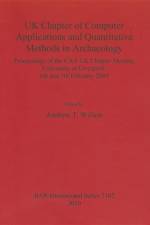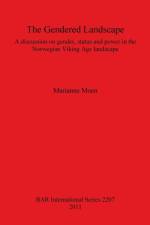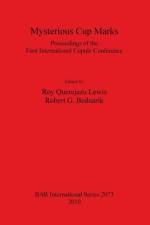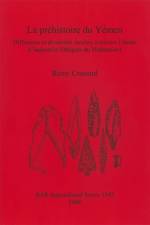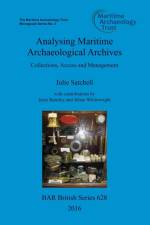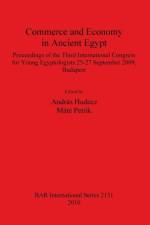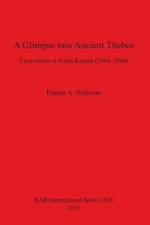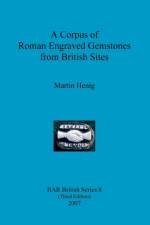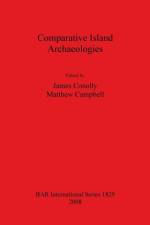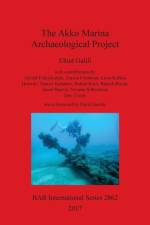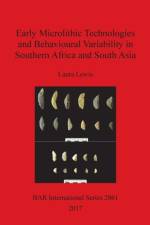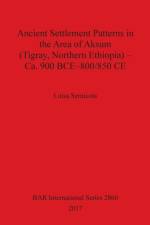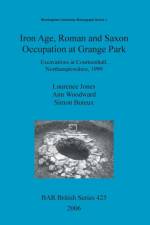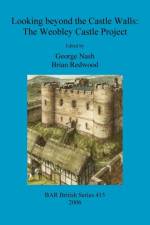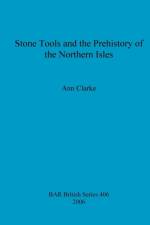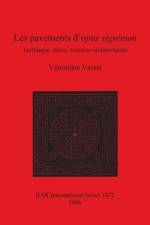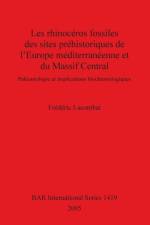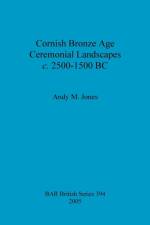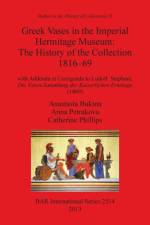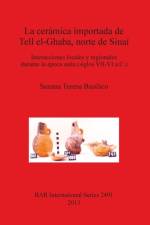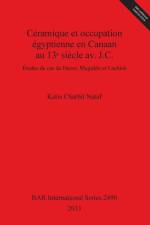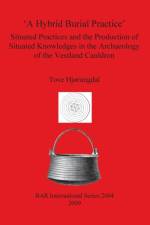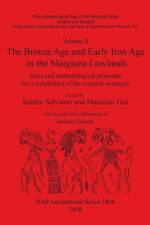- Excavations at Courteenhall, Northamptonshire, 1999
von Ann Woodward, Laurence Jones & Simon Buteux
152,00 €
Birmingham Archaeology Monograph Series 1This report provides the results of archaeological investigations undertaken by Birmingham University Field Archaeology Unit (BUFAU, now Birmingham Archaeology) in advance of a major residential and employment development at Grange Park, Courteenhall, Northamptonshire (NGR SP 760550). The investigations, of an extensive area of Iron Age, Roman and Saxon landscape containing several settlement foci, were undertaken between January and September 1999. The 1999 investigations followed a programme of archaeological evaluation of the 193 hectare site in 1997 and 1998, comprising a desk-based assessment, aerial photographic assessment, extensive fieldwalking, geophysical survey and trial trenching. The site lies at the interface between the higher quality agricultural land and permeable geologies of Upper Nene Valley at Northampton and the boulder clay uplands of the Salcey and Whittlewood Forest areas. From the early prehistoric period onwards the sands and gravels had been favoured for settlement, a situation seen in microcosm at Grange Park, with the claylands probably remaining heavily wooded until they were largely cleared in the Iron Age and Roman periods. The Iron Age settlements at Grange Park may be seen as outliers of the concentration of settlements in the Upper Nene Valley around Hunsbury hillfort. In the Early and Middle Saxon periods the claylands appear to have been largely abandoned for agriculture, with resultant regeneration of woodland, before in the Late Saxon and medieval periods intensive arable exploitation expanded over most of the claylands from nucleated villages generally located on the permeable geologies. Again the site at Grange Park reflects this broader pattern in microcosm, with the whole of the 193 hectare site being brought into ridge-and-furrow cultivation during the medieval period, as evidenced by documentary and cartographic sources, aerial photographs and surviving earthworks.With contributions by Lynne Bevan, Megan Brickley, Marina Ciaraldi, Jane Cowgill, Lucie Dingwall, Chris Gaffney, Rowena Gale, James Greig, Annette Hancocks, Kay Hartley, Rob Ixer, Erica Macey Bracken, Emily Murray, Stephanie Rátkai, Val Rigby, David Smith, Roger Tomlin, Roger White and Steven WillisIllustrations by Mark Breedon, Nigel Dodds, John Halsted, and Bryony Ryder

